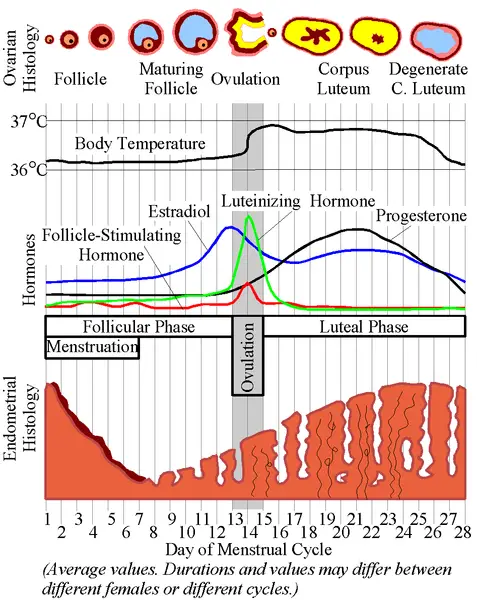Why do doctors induce labor?

Labor pains are the pains caused by the contraction of the uterus to deliver the infant out of the womb. As soon as labor starts, it initiates a series of changes in the body. The first and foremost sign is regular and uniform contractions needed to push the baby out. Secondly, there is a mucus plug at the opening of the cervix right from the first trimester (first three months) of the pregnancy. This mucus plug comes out of the vagina and it is called as ‘show’. The third change is that there is dilatation of the cervix (lowermost part of the womb leading to the vagina) which allows passage of the baby with ease.
Labor pains naturally start around 38 weeks of pregnancy. Artificial initiation of labor pains is called as induction of labor. Induction of labor is done in cases where females have crossed more than 40 weeks of gestation or there is no spontaneous onset of labor even past due date. In cases where a week has crossed the due date there can be ageing of placenta (tissue which facilitates transfer of nutrients and waste between mother and baby inside the womb) which might compromise on the nutrition and oxygen delivery of the baby. Thus, in these cases induction of labor at a safe time helps avoid complications. Also, an overdue baby may accidentally inhale meconium (fecal waste of the baby while it’s inside the womb) which may lead to breathing impairment or an infection. In some cases, the amniotic fluid begins to decrease as the baby overgrows which may again have fatal complications.
If there is the possibility of danger to the mother’s life, doctors induce labor. In today’s generation, pregnancy is mostly planned around 30 years of age. Expectant mothers are more likely to have high blood pressure and diabetes post thirty five. In such cases, if blood pressure rises in the mother during the pregnancy, it leads to decreased blood supply to the placenta and hence, decreased oxygen and nutrition to the baby. In some cases, there is a premature separation of the placenta. Such patients need to be induced immediately. Females who develop high blood glucose levels during pregnancy are said to have gestational diabetes. There is high level of insulin resistance leading to high blood glucose levels in baby also. This might lead to poor oxygen delivery to the baby. Hence, doctors might induce labor to protect both the baby and mother.
If there is a premature rupture of membranes without any labor pains, it may lead to an infection of the uterus; hence, doctors prefer to induce labor. Induction is also done in cases where there is a mis-calculated expected due date.
Induction of labor is usually done by administering oxytocin and/or prostaglandin which are hormones and stimulate labor contractions. Another way of inducing labor is by artificial rupture of membranes or by stripping membranes. These methods will quickly initiate labor, if the cervix is ready and ripe. Also, in females with slow and delayed labor, induction will speed-up the process and reduce risks.
Summary:
Induction is a useful tool to protect the baby and the mother’s lives and ease out the delivery when used judiciously. As every coin has two sides, induction should be used in emergency cases only. Induction is often done in cases of post-dated pregnancies, high blood pressure or diabetes in mother during pregnancy, slow and poor labor pains, etc.












Leave a Reply